Blocked or narrowed arteries are a significant health risk. An Angioplasty in San Diego is performed to restore healthy blood flow without invasive, open-heart surgery. The procedure can be performed as an emergency treatment following a heart attack or to treat heart disease caused by the buildup of plaque in the coronary arteries.
What is it like to have an angioplasty?
This procedure is performed by a board-certified cardiology specialist, along with a team of specially trained medical staff. When you are under the care of the medical team at San Diego Cardiac Center, you can be confident in our skills and experience with this important and delicate procedure.
- First, you will have an IV in your hand or arm, through which to deliver fluids, intravenous sedation, and blood-thinning medication. Very little, if any, discomfort occurs during the procedure. Your vital signs are continuously monitored, including blood pressure, oxygen levels, and heart rate.
- An area on your leg, arm, or wrist will be cleaned with antiseptic, and a small incision is made. A very thin, fine guidewire is placed within the blood vessel. With live X-ray imaging, your heart specialist threads a thin catheter to the coronary artery.
- Once the catheter is in position, a medical contrast dye is delivered through the catheter, allowing the heart doctor to identify the blocked or narrowed sections in the coronary arteries. The catheter is moved to the blockage, and a tiny balloon at the end is inflated, widening the artery. If several blockages are discovered, this may be repeated in each area.
- A stent (expandable mesh) is typically placed in the repaired artery to provide enough support to keep it open.
- Once completed, the balloon is deflated, and the catheter is gently removed.
The procedure may require several hours to complete, based on the number of narrowed areas found and treated.

